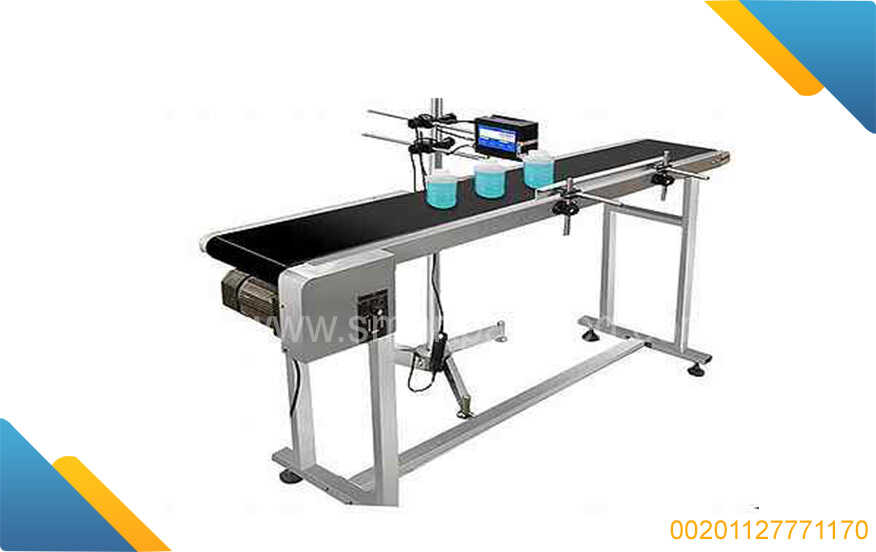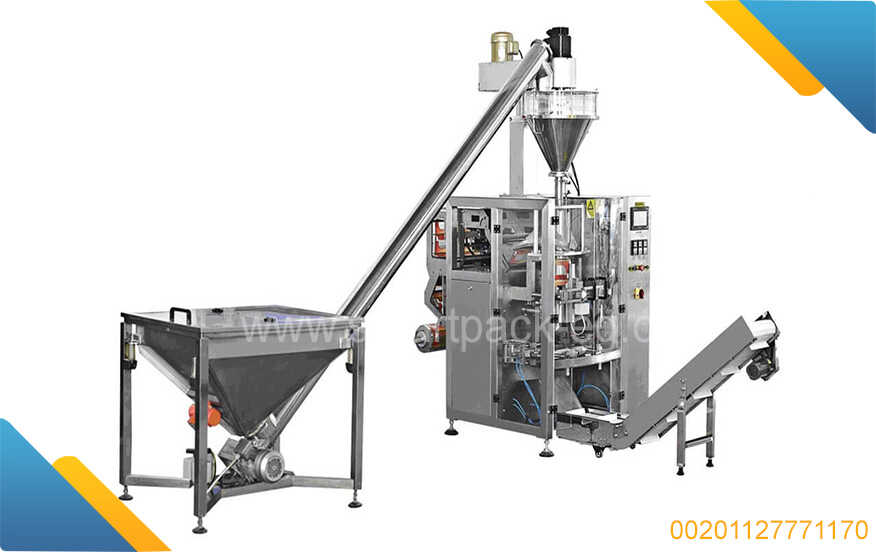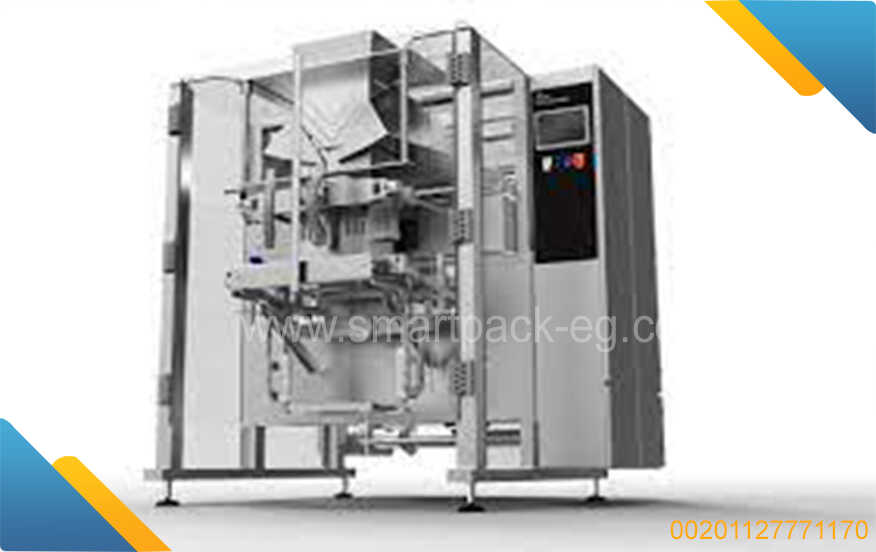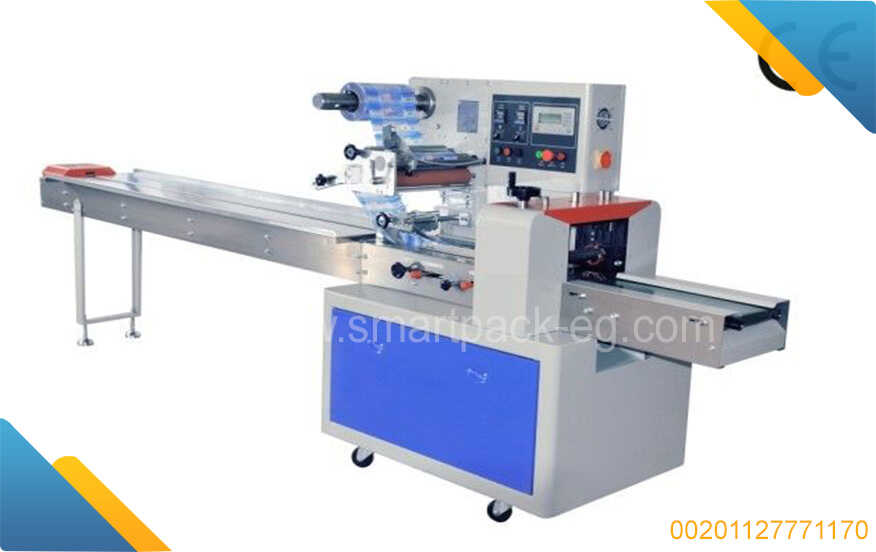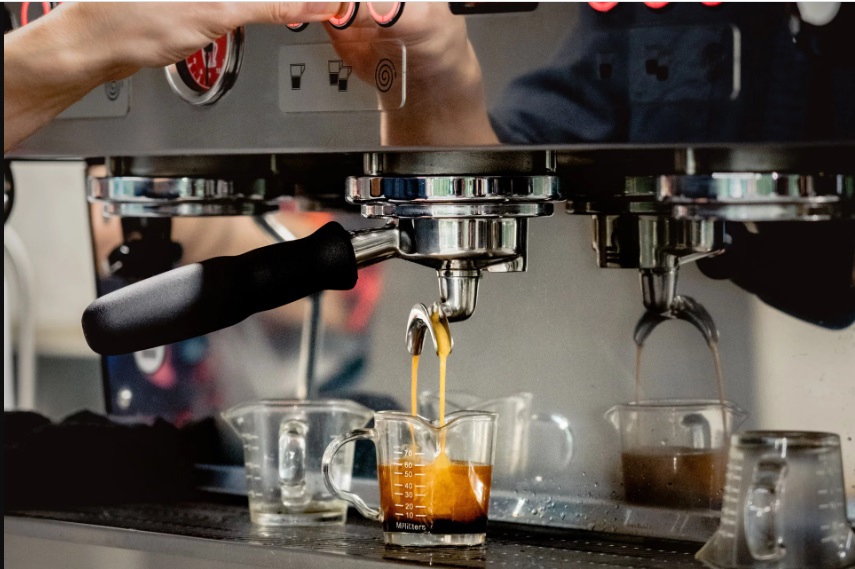Title: A Comprehensive Guide to Conducting a Feasibility Study on a Washing Powder Production Line and Packaging Machine Project
Introduction:
A feasibility study plays a crucial role in determining the viability and profitability of any business project. In this guide, we will walk you through the step-by-step process of conducting a feasibility study on a washing powder production line and packaging machine project. By following these guidelines, you will be able to make informed decisions and maximize the chances of success for your venture.
Step 1: Define the Project Scope:
Clearly define the objectives and goals of your washing powder production line and packaging machine project. Consider factors such as desired production capacity, target market, product range, and budget constraints.
Step 2: Market Analysis:
Conduct thorough research on the washing powder market. Identify current trends, customer preferences, potential competitors, and market demand. Analyze data on consumer behavior and purchasing patterns to determine if there is sufficient demand to support your project.
Step 3: Technical Assessment:
Assess the technical aspects of establishing a washing powder production line and packaging machine. Consider factors such as suitable location, raw material availability, machinery requirements, human resources, and regulatory compliance. Consult industry experts or hire a professional consultant to evaluate the technical feasibility of your project.
Step 4: Financial Viability:
Prepare a detailed financial analysis of the project. Calculate initial investment costs, including machinery, infrastructure, labor, and raw materials. Determine operating expenses such as utilities, salaries, marketing, and maintenance. Estimate revenue projections based on anticipated sales volume and pricing strategy. Conduct a break-even analysis to assess profitability and return on investment.
Step 5: Risk Assessment:
Identify potential risks and challenges associated with the washing powder production line and packaging machine project. Evaluate factors like market competition, regulatory compliance, supply chain management, technological advancements, and economic fluctuations. Develop strategies to mitigate risks and create contingency plans for unforeseen events.
Step 6: Environmental and Social Impact:
Evaluate the environmental and social impact of your project. Ensure compliance with local health and safety regulations, waste management practices, and sustainable production methods. Consider the community impact, such as job creation and local economic development.
Step 7: Decision-Making:
After completing all the assessments and analysis, review the findings to determine the project's feasibility. Consider all factors, including market potential, financial viability, technical feasibility, risks, and environmental/social impact. Use this comprehensive evaluation to make an informed decision regarding the implementation of your washing powder production line and packaging machine project.
Conclusion:
Conducting a feasibility study on a washing powder production line and packaging machine project is essential to assess its viability and potential success. By carefully analyzing the market, technical requirements, financial aspects, risks, and environmental/social impact, you can make informed decisions that increase your chances of a successful venture. Remember to involve industry experts or consultants when needed and continuously update your feasibility study as new information becomes available.



 Admin
Admin 